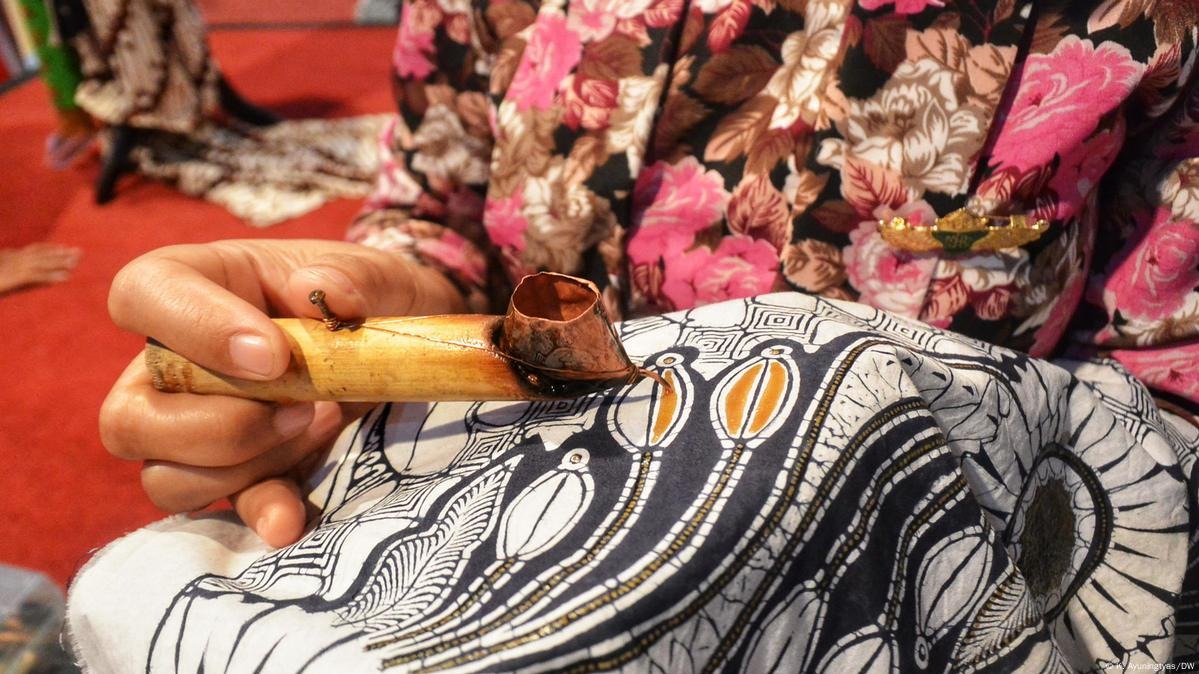The textile industry in Indonesia is languishing. Throughout 2024, there will be many layoffs (PHK) in the Textile and Textile Products (TPT) industry.
This could happen because the domestic textile industry is sluggish due to the invasion of imported products and the sluggish global market which has caused many factories to close. The miserable conditions in Indonesia are inversely proportional to what is happening in India, or especially China, which is a global textile giant.
With the anthropological conditions and age of a country almost similar to Indonesia, India has succeeded in becoming the ‘king’ of world textiles. The value of the Indian textile industry is estimated to reach US$ 250 billion in 2019. According to the IBEF report, the Bollywood Country’s textile industry contributed 7% of industrial output in 2018/2019. It contributes 2% to India’s GDP and employed more than 45 million people in 2018/2019.
So, what is the secret of India being able to achieve such achievements?
The textile industry in India has existed since the era of ancient civilization. At that time, people actively cultivated cotton, a plant that grew abundantly there, Becomes a versatile fabric for everyday use.
The earliest records of Indian textiles date from around 4000 BC and records of dyed cloth are documented around 2500 BC. This industry is always consistently run by the community and is not affected by political dynamics, such as war or changes in power. In fact, the authorities tend to protect the local textile industry because it always produces high quality products.
Referring to Gopalakrishnan’s notes in “History of Indian Textile Industry” (2018), this high quality also meant that Indian society in the era of Buddhist civilization exported cloth throughout the world. The only obstacle in the long journey of Indian textiles occurred only in the era of British colonialism.
British colonialists are known to have damaged the local textile industry by flooding European garment products. At this point, the market is disturbed. It was only after India became independent in 1947 that the government continued to accelerate the textile industry.
For the government, the textile industry is a fast way to stimulate the economy. This is because the textile industry can absorb a lot of workers, thereby reducing the unemployment rate. Moreover, textiles have become embedded in people’s culture.
There are at least two ways the government can do this in the early stages.
First, abolish the Textile Supervisory Agency which places all control of prices, production and standardization of textiles in the hands of the market. Instead, the government then formed the Ministry of Textiles.
On the official website, the Ministry of Textiles is responsible for policy formulation, planning, development, export promotion and trade regulation for the Textile Industry.
Second, protecting textile entrepreneurs, especially weavers who still use traditional methods. They are provided with raw material subsidies, marketing facilities, training and financial assistance.
These two methods, wrote Gopalakrishnan, were successful in making textile industrialization in India develop. This development is increasingly rapid when the government also focuses on modernization. Modernization is carried out to speed up the production process and increase the variety of textile models. This happened because the government wanted to meet the clothing needs of the Indian population.
The concrete manifestation of this desire was seen in the formation of the Handloom Council of India and the National Institute of Design. Referring to the Indian Institute of Art & Design website, the existence of these two new institutions has succeeded in making the Indian textile industry alive 10 years after independence. And, most importantly, the industry is able to produce textiles with established quality.
In the end, in the period from 1950 to 1980, textile manufacturing in India experienced a 4-fold increase. The unemployment rate is slowly decreasing. Its products have successfully reached the UK, US, Canada, Australia, New Zealand and several African countries.
In its development, the Indian textile industry has not been hit by the dynamics of the times. Several times it has been hit by production declines and regulations at the global level, but thanks to these policies, the textile industry in India has survived.
Referring to the report “Indian Textile Industry: The Changing Landscape”, the Indian textile industry now contributes around 2.3% to GDP. In addition, the Indian textile industry is the second largest employment generating industry after agriculture.
“Over the years, the Indian textile industry has changed drastically and has become a benchmark for fabric manufacturing and fashion industries across the world,” the report said.
Resource : https://www.cnbcindonesia.com/








Leave a Reply